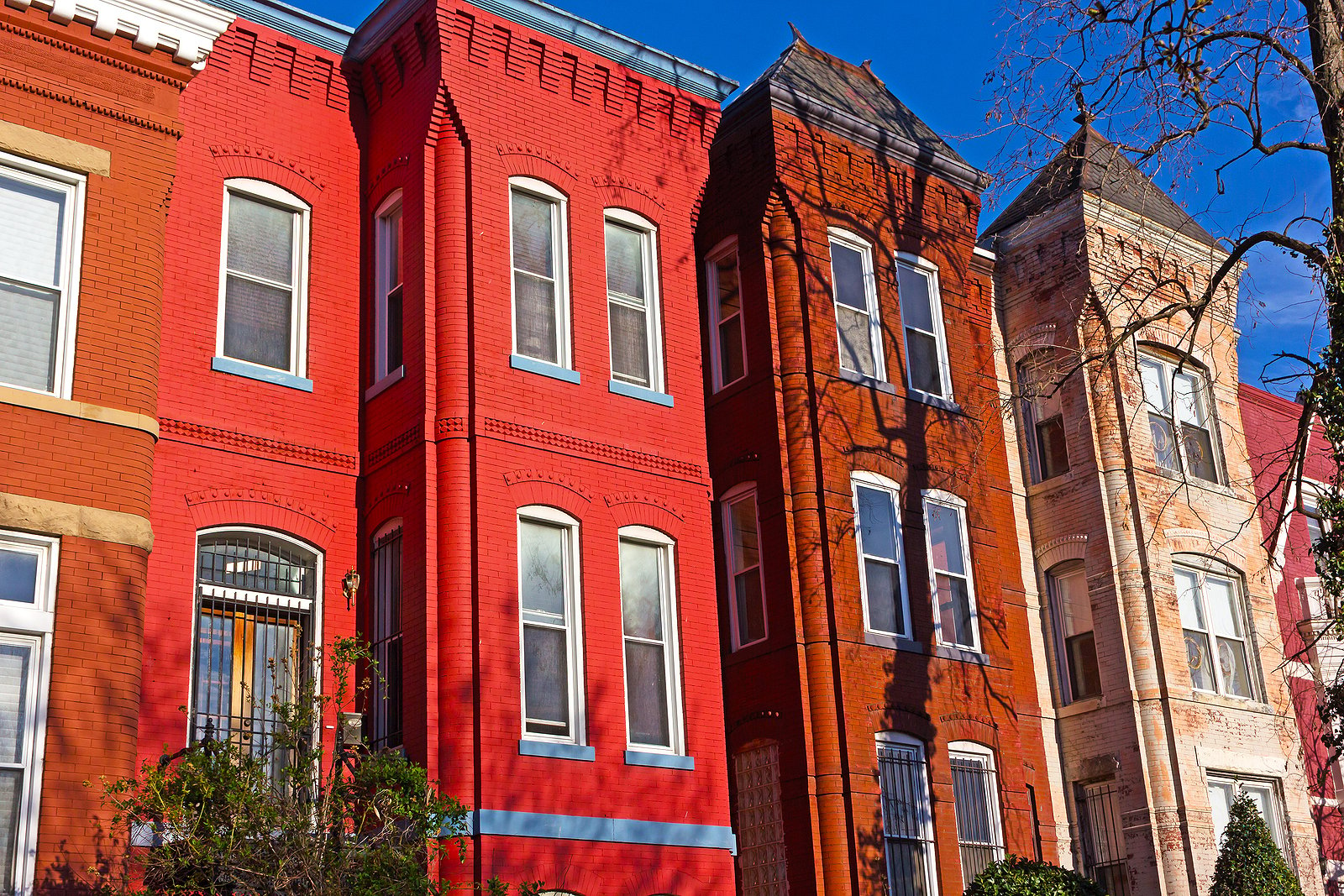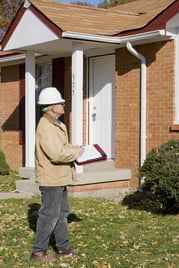 As the air cools and leaves begin to fall, Washington D.C. homeowners know it’s time to prepare for winter. You may be focused on your yard, but don’t overlook the brickwork! A professional fall masonry inspection is one of the most important steps you can take to spot minor problems early and avoid major repairs once freezing temperatures arrive.
As the air cools and leaves begin to fall, Washington D.C. homeowners know it’s time to prepare for winter. You may be focused on your yard, but don’t overlook the brickwork! A professional fall masonry inspection is one of the most important steps you can take to spot minor problems early and avoid major repairs once freezing temperatures arrive.
Why Autumn is the Ideal Time for an Inspection
Fall's mild, dry weather creates the perfect conditions for a thorough inspection, revealing wear and tear from summer storms. A professional evaluation can identify hairline cracks, weakened joints, or hidden gaps that allow water to seep in.
When masonry repairs are needed, autumn provides the best window for them to cure properly. Traditional lime mortar requires stable, dry conditions to form a strong, lasting bond. An inspection now gives you the time to address any issues correctly before the first deep freeze.
How Winter Weather Damages Historic Brickwork
Water is the primary enemy of historic brick. When it penetrates porous mortar and then freezes, it expands with incredible force, slowly prying the masonry apart. This relentless freeze-thaw cycle causes flaking, crumbling, and loose joints that compromise the wall's strength over time.
The region’s weather patterns accelerate this damage. Warm days followed by cold nights create repeated expansion and contraction. Once moisture finds a way in, the damage spreads quietly until it becomes visible as missing mortar or bulging bricks.
What to Look for During a Fall Inspection
 A walk around your property can reveal early warning signs of masonry damage. Look for:
A walk around your property can reveal early warning signs of masonry damage. Look for:
- Flaking or discolored bricks (spalling)
- White, powdery residue (efflorescence) that signals trapped moisture
- Gaps or soft, crumbly mortar between bricks
- Stains or damp patches that linger after rain
- Bulging or uneven walls, especially near foundations or chimneys
If you notice any of these signs, it's wise to schedule a professional evaluation.
Why Professional Inspections Matter
Historic brickwork requires deep knowledge of traditional materials. Using a modern cement mortar on older, softer brick can trap moisture and cause permanent damage to the brick itself.
Renaissance Development has been restoring masonry across Georgetown, Dupont Circle, and Capitol Hill for more than 20 years. Specializing in tuckpointing for brick buildings in the historic neighborhoods of D.C. and the surrounding areas, we perform detailed inspections to identify the root cause of any issue and ensure every repair matches the original craftsmanship. A professional evaluation is the best way to fix small problems before moisture and freezing temperatures turn them into major ones.
Frequently Asked Questions
How often should I schedule a masonry inspection?
Once a year, ideally in the early fall before temperatures drop significantly.
What are the first signs of freeze-thaw damage?
Look for flaking bricks, a white powdery residue, or crumbling mortar, especially around rooflines and corners where water exposure is high.
Can I repair minor cracks myself?
For historic homes, it’s best to have a professional assess the issue first. DIY fixes with the wrong mortar can cause more harm than good.
Do I need a permit for masonry repairs in a historic district?
In most of D.C.’s historic neighborhoods, visible exterior repairs require review and approval to maintain the home’s authentic character.
Schedule Your Fall Masonry Inspection
An autumn inspection is a small, proactive step that pays enormous dividends in preserving your home's long-term health and historic character. The team at Renaissance Development specializes in restoring and preserving the brickwork that defines D.C.’s historic homes.
Contact us for a consultation to identify any issues and make the necessary repairs to keep your home solid and beautiful through the winter and beyond.
Tags:
Fall Home Maintenance, historic neighborhoods, historic brick home D.C., historic masonry, Historic Masonry D.C., maintaining historic brick, maintaining historic masonry DC, masonry inspections, fall masonry inspectionsOct 30, 2025 8:30:00 AM
